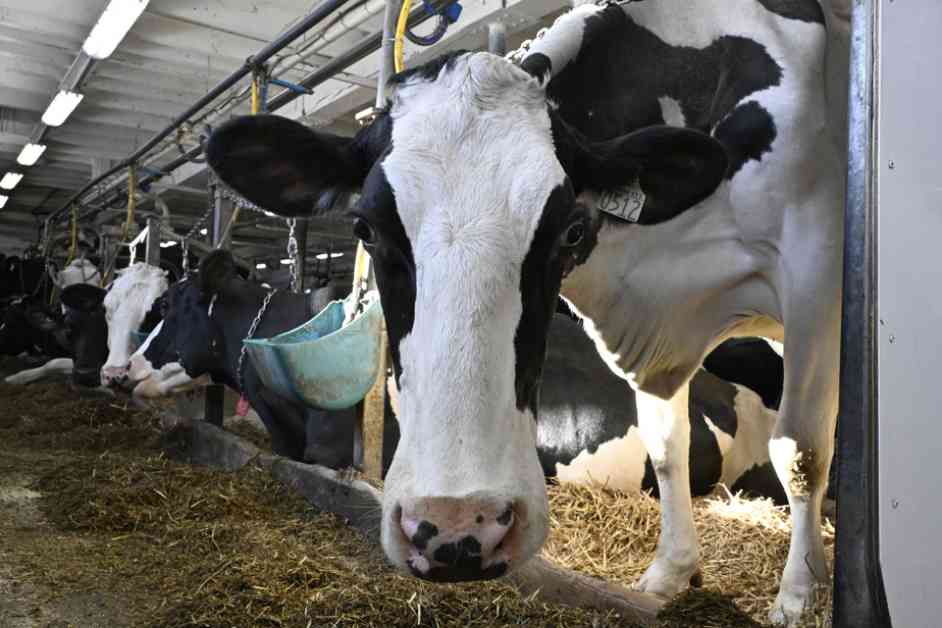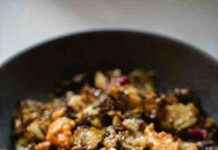The rise in cases of avian influenza on farms in the United States, the contamination of cattle herds, and cases recently transmitted to humans are concerning Quebec and Canadian authorities who say they are closely monitoring the situation.
Avian influenza, specifically influenza A subtypes H5 and H7, is a notifiable disease in Quebec as it is a zoonosis, meaning it can be transmitted between animals and humans.
Cases of avian influenza in humans are very rare, but last spring, three human cases associated with infected dairy farms were reported in the United States. Two infected individuals had eye symptoms, and the third person had a respiratory infection.
globally, 15 human cases of a specific clade of H5N1 have been reported since the emergence of this clade in 2022, with two cases in China, two cases in Spain, five cases in the UK, four cases in the US, one case in Ecuador, and one case in Chile. The majority of cases (11 out of 15) had a history of exposure to poultry, according to the Quebec Ministry of Health.
The Ministry of Health stated that due to the small number of human cases reported globally so far, the virus appears to have limited capacity to infect humans. It is not transmitted between humans at this time.
Dr. Jean-Pierre Vaillancourt, a professor at the University of Montreal’s Faculty of Veterinary Medicine, commented that while Canada has had H5N1 for many years, it is weakly pathogenic. He explained that globally, highly pathogenic viruses are on the rise, with the definition of highly pathogenic being that for every four infected birds, at least three die.
Dr. Vaillancourt mentioned that the risk of complications in humans is low but not zero. He warned that even though the risk is very minimal, it should not be neglected, especially in a post-COVID period.
The epidemiologist specialist explained that avian influenza is a virus that replicates, and sometimes mutations can make it a «super virus.» To date, there have been no cases of the disease being transmitted to humans in Quebec or Canada.
In response to the detection of highly pathogenic H5N1 avian influenza in cattle and goats in the US, the Public Health Agency of Canada conducted a risk assessment in April. They estimate that the probability of human infection by H5N1 acquired from livestock in the next three months is still very low for the Canadian population.
The situation remains concerning, and the Quebec Ministry of Health has tasked the National Institute of Public Health of Quebec to develop recommendations for protective measures for workers in the livestock, cattle, and pig industries in the event of an outbreak.
Farmers are concerned about the situation, and they have made improvements in biosecurity measures, for example, destroying ponds that attract birds or keeping tractors away from buildings. These improvements have exceeded standards and are believed to be one reason why cases are decreasing this year.
If there were cases in cattle, the Canadian Food Inspection Agency would not intervene as they do in the poultry sector. There would be no depopulation of herds, as the impact is not the same.
In Quebec, the Ministry of Agriculture, Fisheries, and Food, along with industry partners, are developing an action plan for voluntary self-quarantine and control to minimize the risk of disease spread. Additionally, milk from sick or positive animals would be discarded, and milk from healthy animals would be pasteurized to destroy the virus as an extra precaution.
It is essential for farmers and workers in the livestock industry to remain vigilant and follow strict biosecurity measures to prevent the spread of avian influenza. The authorities are closely monitoring the situation and taking necessary steps to protect public health and the agriculture sector.




















